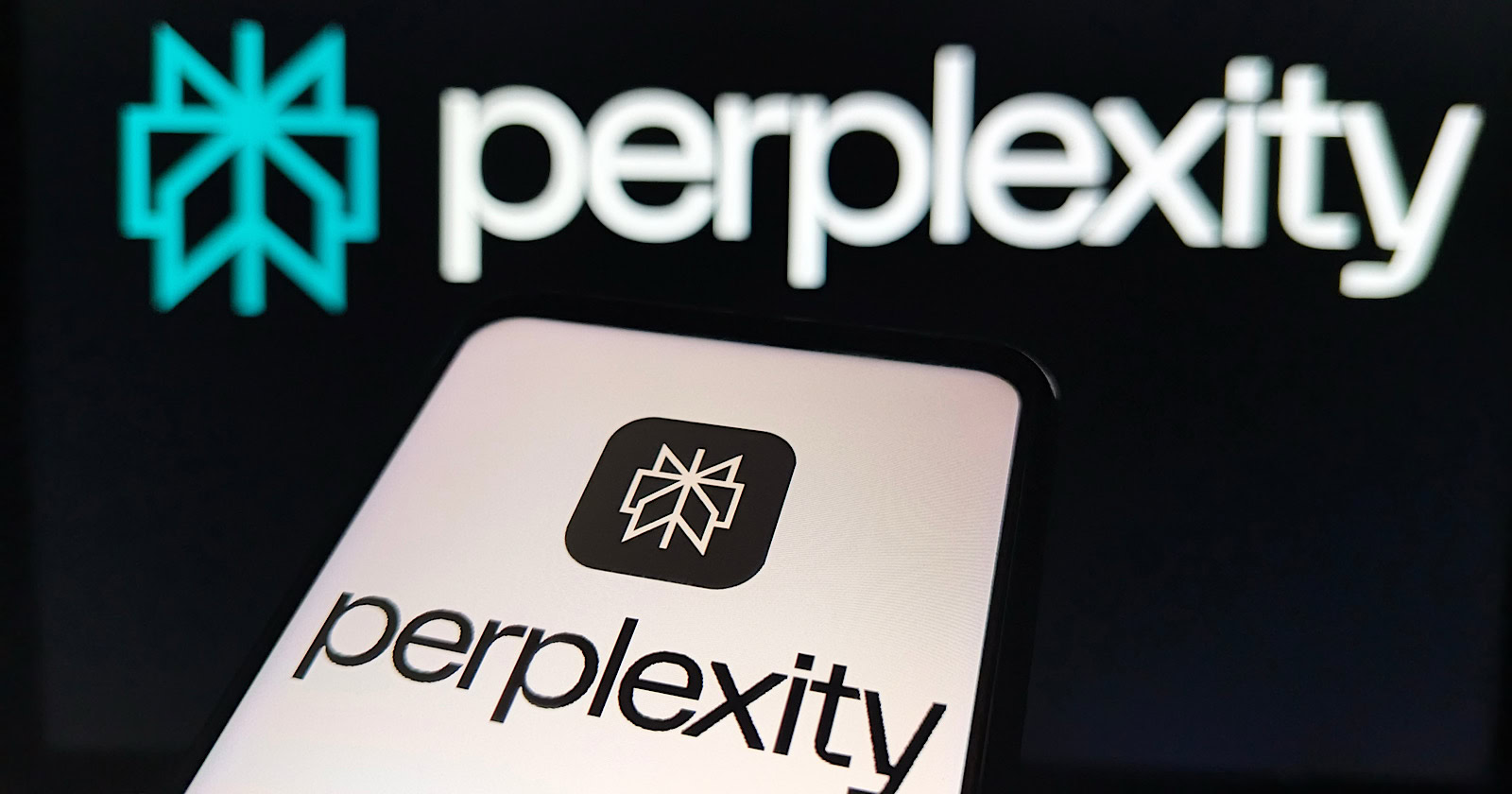Content Curation: How to Build a Fandom by Talent-Scouting Great Content
I think content curation can help with that. Curation is all about finding undiscovered stories and repackaging ideas in ways your audience really respond to. In this article, you’ll learn why content curation is great for growth, and how...

At a time when anyone can create content, the real challenge—and opportunity—is in saying something new. I think content curation can help with that. Curation is all about finding undiscovered stories and repackaging ideas in ways your audience really respond to. In this article, you’ll learn why content curation is great for growth, and how to talent scout quality underground or left-field content. Content curation is about gathering existing content, and presenting it in a way that’s novel or interesting to your audience – usually with the view to educate, entertain, inform, or inspire them. Gathering and sharing content is a popular social media tactic, but content curation extends to mediums and channels far beyond social. Let’s take a look at some examples: Newsletters, in particular, have become the go-to platform for curation, since they’re fairly cheap to run and easy to set up. The numbers back this up. A quick look at Site Explorer shows newsletter platform Substack experiencing a 373% leap in organic traffic from September 5th, 2023 to September 5th, 2024. You can see some great examples of curated SEO newsletters here: I Subscribed to 72 SEO Newsletters. Here Are My 11 Favorites. Now you know about content curation in all its forms and guises, let me tell you what’s so great about it… From saving money, to building traffic, and cementing your authority, content curation comes with plenty of benefits. At Ahrefs, we follow The Pareto Principle: the idea that 80% of the reward comes from 20% of the effort. If you want to improve your effort:reward ratio, curation is a great option. I asked SQ about the benefits of content curation, and he had this to say: “One benefit is that I don’t have to write an essay from scratch each week (which is what most newsletters are).” While content curation has the potential to save you time, resources, and money, I do want to add two important caveats: Marketing Examples is a goldmine of curated marketing snippets. Founder, Harry Dry, doesn’t just gather content — he dissects real-world marketing copy, name drops the creator, and breaks down their winning formulas, making it easy for readers to replicate that success. As a result, his site has earned fairly consistent links and traffic over time, growing organically by 88% in the last two years. Curating content is an example of what I call “awareness you prepared earlier”. Your chances of driving traction are vastly improved when you crowdsource ideas. Not only do your audience consume your curated content, they publicize it to their own network via social posts or reciprocal links when they get featured. Some refer to this as “ego bait”. Obviously there’s an element of flattery involved, but in my experience, the top curators prioritize content that genuinely helped or inspired them, rather than chasing big names with the widest reach. Few people have direct experience with every topic they’ve ever written about. But, since 2022, first-hand experience has become a prerequisite for ranking in Google. Curating others’ lived experiences and knowledge in your content is a powerful way to build your EEAT and improve your rankings. We tend to categorize people according to their social group memberships – this is known as social categorization. If you’re regularly associating yourself with respected thought leaders, your audience is more likely to group you with them, and hold you in higher regard as a result. Mixing in your own content and opinion is important for building credibility, but be careful not to overdo the self-promotion. Back to SQ: “I don’t tend to include all of the blog posts we publish on our blog.“ When you curate, you consume content holistically –like your customers– and stop being so introspective. If you’re only consuming content from your brand or brand “friends”, there’s a limit to the value you can bring to your audience. Content curators turn to their community to source content, so curating bridges the gap in two ways: by helping them consume like their customers, and by giving them a reason to connect. To create is to curate. All ideas are shaped and borrowed from somewhere – that’s how knowledge is acquired. If I don’t curate, I tend to find my own content stagnates. Curation introduces me to new ideas, reminds me of the things I have forgotten, allows me to build deeper, more informed arguments, and ultimately helps me produce better content – with a lot more in the way of information gain. For instance, this blog started out as a simple list of content curation benefits, thunk up by yours truly. But as I came across cool examples of novel content curation, it evolved into a more comprehensive (and hopefully, more interesting) guide. “Another benefit of content curation is that I get to keep abreast of anything new in SEO and marketing, which informs my own work” Curation gives you the chance to platform your own expertise and assert yourself as a thought leader. Take a look at the search volume for one of the most prolific curators in SEO: Aleyda Solis. Aleyda curates SEO news and insights across her newsletter, SEOFOMO, her podcast, Crawling Mondays, her owned social media channels, and industry talks. As a result, her name now drives ~600 monthly organic searches, according to Site Explorer. And over 19K “in content” mentions, according to Content Explorer. Curation is about piecing together unrelated content to reveal new ideas and information. You’re giving someone else’s content another shot at engagement – sometimes after a “failure” to launch. “The same core information can be made more or less valuable by changing its format. Great ideas are sometimes locked away in places that render them inaccessible to people that would benefit from them.” Here are 9 ways you can “talent scout” novel content, and carve out your own curation USP. In every industry there are sources that audiences defer to for information and ideas. Look beyond them. Scout for “rising stars” and underground sources to give your curation exclusivity. Mark Williams-Cook, Director at Candour and Founder of AlsoAsked, does just this when curating his newsletter: Core Updates. “I’ve made a conscious effort not just to follow the ‘big names’, as there are some truly excellent SEOs that are very quiet on social media. I’d always recommend following someone if you see them putting out solid advice, even if you’ve never heard of them. I’ve made some good friends and excellent connections that way!” This is probably something you’ll have to do manually at first. I try to pay close attention to people leaving savvy comments on social media posts and industry communities. Once you’ve found the right “ones to watch”, you can start building a list to refer back to whenever it’s time to curate. SQ uses X lists and subscribes to others’ Substacks: “I have my own Twitter list of marketers (getting poorer these days sadly) and follow other people’s substacks/newsletters and see if there are any links they recommend.” Nicole DeLeon, Ed Zitron, Marie Haynes and other tech curators recently mined Google’s DoJ trial documentation to investigate “buried” information on how the search engine ranks content. Search Engine Roundtable founder, Barry Schwartz, is always extracting content from Google rep social comments, Google developer docs, and Google’s Office Hours video series to curate hot-off-the-press news. Techemails mines leaked tech company emails from court filings and curates them across social media and their website (p.s. they are preeetty eye-opening). Finding and teasing out obscure information is a great skill to have when it comes to content curation. Here are some more ways you can do that: Be the first to break and curate news in your industry. Start by searching for industry-specific keywords in Content Explorer. Then add filters to make sure you’re seeing the freshest and highest quality content. In my experience, I find that: …shows me the newest and best SEO related content, but you should play around until you find what works in your industry. Tip When it comes to filtering, don’t get too prescriptive about it – remember, you want to find novel content that usually flies under the radar, so avoid being overly strict with minimum thresholds. This next part is really important. Once you’re happy with your configuration, hit “Save filters” so that you can repeat this analysis for the next instalment of your newsletter, podcast, social post, article, or whatever else you might be curating. With the Content Explorer, you’re searching for instances of a keyword in the title, content, URL or all of the above. But relevant content won’t always contain the exact keywords or topics you’re searching for. In which case, try searching for keywords in the anchor text linking to that content. There’s a preconfigured search for this in Ahrefs’ Web Explorer. Just hit the “examples” tab, and select “Most quoted newly published pages about ChatGPT”: This will load a full report of the most linked to pages about the topic “ChatGPT” over the last week. Then all you need to do is update the report with your chosen topic, and adjust any filters. And hit “Save report”. Another tip for breaking news was recently disclosed by SEO expert and founder of SEO blog Detailed, Glen Allsopp, on the Ahrefs Podcast (it’s a great episode – I highly recommend a full listen!) He spoke about a technique that he refers to as the “iPhone Link Building” method. “The reason I call it this, because it doesn’t matter who you are, it doesn’t matter how old your website is, it doesn’t matter how long you’ve been around. If you have a photo of the iPhone 16 before anyone else and you put that on [your site], the whole tech world is going to talk about it, right? You’re going to get links from every tech website on the planet. Doesn’t matter that [your site] has nothing to do with tech and gadgets. You’ve got the first iPhone link. People are going to talk about it. So I refer to it as the iPhone link building.“ To carry out “iPhone link building”, Glen sets up an alert using Visual Ping. This sends him a notification as soon as there’s an update on one of the webpages he’s tracking. If something new or interesting has changed, he’ll work this into his next piece of content. Turning to your social network for examples of existing content is a great way to curate. Here’s Chris Haines, Ahrefs’ Senior SEO Specialist, doing just this on LinkedIn… And here I am posting in Women In Tech SEO (my #1 community) for contributions to my article: So You’ve Been Asked To Humanize AI Content Often, Slack communities will dedicate a channel to self-promotion. This is another handy way to find new content to curate. “In the Women in Tech SEO Slack group, we have a hashtag channel (#wts-amplify-me) that serves as a space for members to promote their work, and it’s wholesome to see lots of our members use it to highlight the work of others! This channel helps me curate content for our weekly WTSNewsletter. As newsletter creators, we are responsible for amplifying diverse voices, which was the driving force behind starting WTSNewsletter. The lack of diversity in industry newsletters motivated me to create our very own weekly newsletter that showcases the brilliant work of underrepresented individuals.” Community content sourcing doesn’t begin and end with LinkedIn or Slack. Check out other pockets of the internet, including niche forums, Subreddits, Facebook groups, and Mastodon instances. Some of my best articles have been inspired by the posts I’ve bookmarked. Here are my top tips for bookmarking curated content: Use a web highlighter plugin to bookmark interesting content for future curation. Use a note taking app like Notion or Obsidian to organize your content examples. You’ll undoubtedly have banked some great content on social media over the years, but navigating back to those archives can be a bit of a faff. I bookmark mine to my browser so I can easily jump back in (e.g. LinkedIn “Saved”, X bookmarks, X advanced searches, TikTok saved, Instagram saved etc.) Follow creators and journalists that inspire you. Subscribe to their channel, turn on notification bells on LinkedIn and X, and set up RSS feeds to get alerted whenever they push out new content. Tip When you’re searching for new content in the Content Explorer, check out the Authors tab for ideas on which thought leaders to follow in your industry. Get notified as soon as on-topic content is published, with Ahrefs “Mention” alerts. AI broadly summarizes outdated content, and has a habit of forgoing (or entirely fabricating) references. In other words, it’s pretty terrible for curating unique content. Instead, use it to extract, summarize, and investigate the content you’ve selectively curated. I used AI to extract quotes and insights from webinars, interviews, and YouTube videos. The post I wrote for SpinSucks was inspired by content mined from interview transcripts and bookmarked social media content, using Claude AI. I fed ChatGPT examples of top-performing blogs to understand patterns of success, and inform my opinion of what “good” content looks like, while updating the post: 6 Simple Blog Post Templates (Download & Edit Along. We’ve covered a lot of ground, but there are a few extra details worth mentioning before you jump into curation. Curation isn’t just about sourcing and presenting the most unique content you can find. Value also comes from carefully selecting content that fits a central concept or theme. “[Content curation] helps build my taste, which in my opinion, is the hardest part of curation, because most people don’t seem to understand the concept of “curation”, i.e. selecting the best, or what fits a theme. They just seem to shoehorn every article on the internet.” Be discerning about the content you create. Set out rules as to the content or people you will/won’t include, using your brand guidelines for inspiration. Content curation is usually cheaper and easier to produce, but don’t treat it as a “one and done” activity. Repurpose the things you learn both internally and externally. “We actually use the news – that Jack (Chambers-Ward) and I curate for the Core Updates newsletter – internally at Candour during one of our weekly meetings when we are discussing changes in the industry. So it’s been a helpful task to make sure the agency is always up to date!” Content curation isn’t a “set it and forget it” tactic. It’s an ongoing process that demands a reasonable amount of effort, but the payoff is worth it. That’s because: Great curation is about adding value. You can just reshare content verbatim, but you’re missing out on a valuable opportunity to add your own insight, and explain why the content you’ve painstakingly curated matters to your audience. In a world where 70 million blog posts are published every month, skilled curators stand out. They don’t just share content – they build communities, spark discussions, and become go-to resources in their niches. If you’re giving content curation a try, experiment with different formats and track what resonates (our Content Explorer can help with that too), then watch your influence grow.What is content curation?
ExampleTypeWhat is it? The Pudding Article A data journalism publication that curates a range of rich media (e.g. social comments, headline snippets, literature reviews) to tell compelling visual stories – like this one. Ahrefs’ digest Newsletter Our Senior Content Marketing Manager, Si Quan Ong (SQ), curates key SEO/marketing news, accompanied by snappy annotations. Near Media Memo Podcast Conversations at the intersection of search, social, and commerce. Hosts curate and discuss the latest industry content. KFC’s “Bucket Bangers” Spotify Playlist Playlist A playlist curated by KFC as part of a PR campaign, containing 46 tracks that name drop the brand. Campaign Inspiration Image carousel This LinkedIn page curates visual examples of existing PR campaigns to inspire marketers. 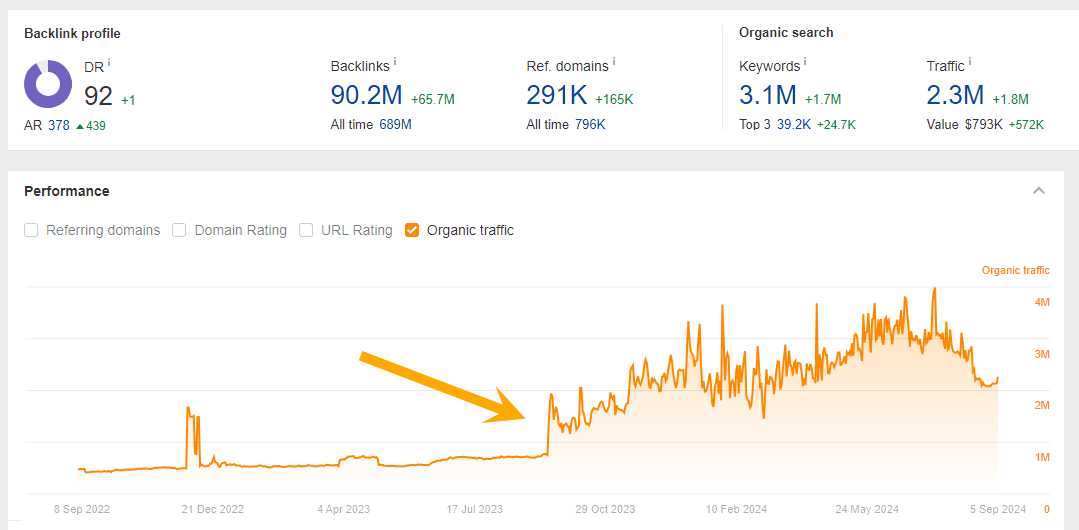
1. Content curation saves time and money

2. Curation helps you build links, traffic, and engagement
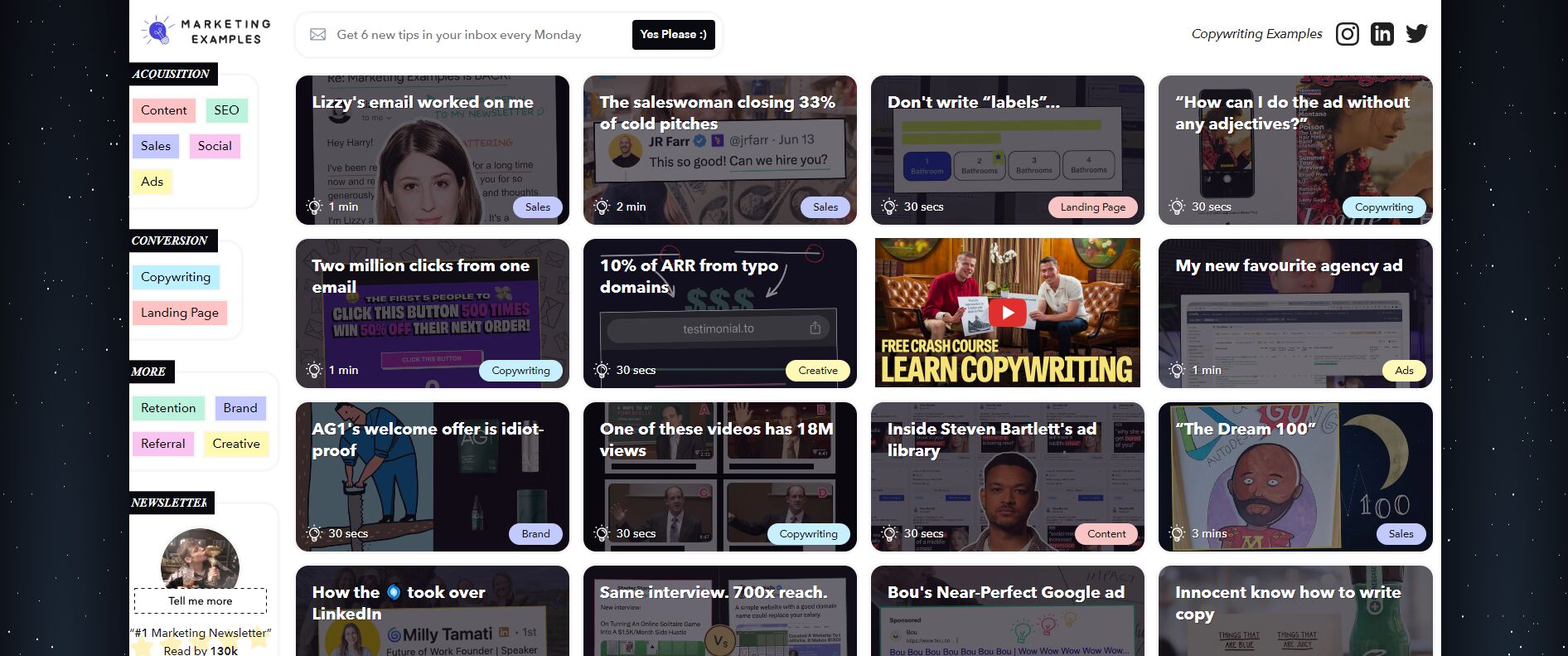

3. Curating content is great for EEAT
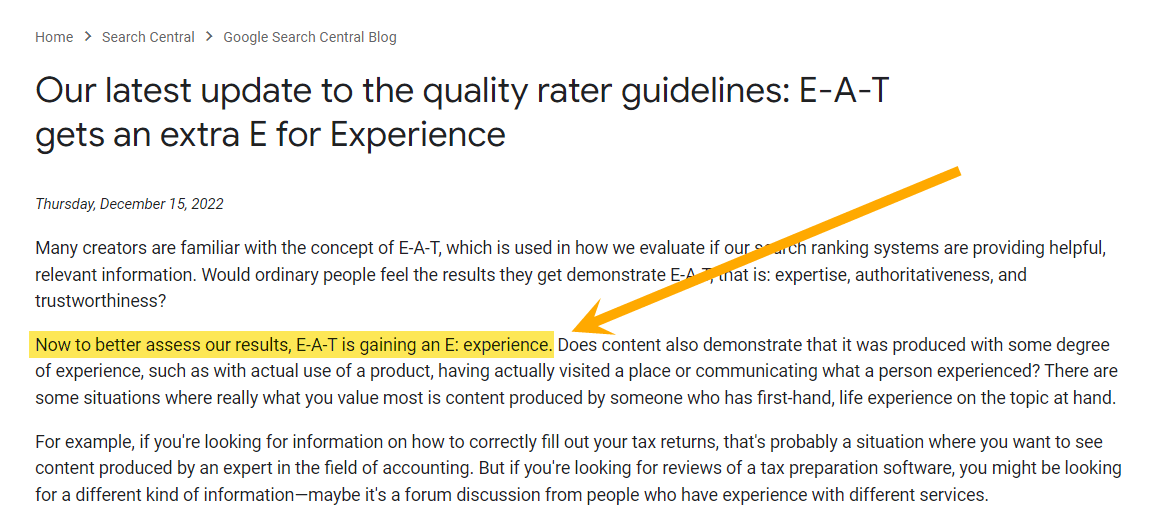
4. You become credible by association

5. You get closer to your customers and community
6. When you curate, your content gets better

7. You build your personal “brand”
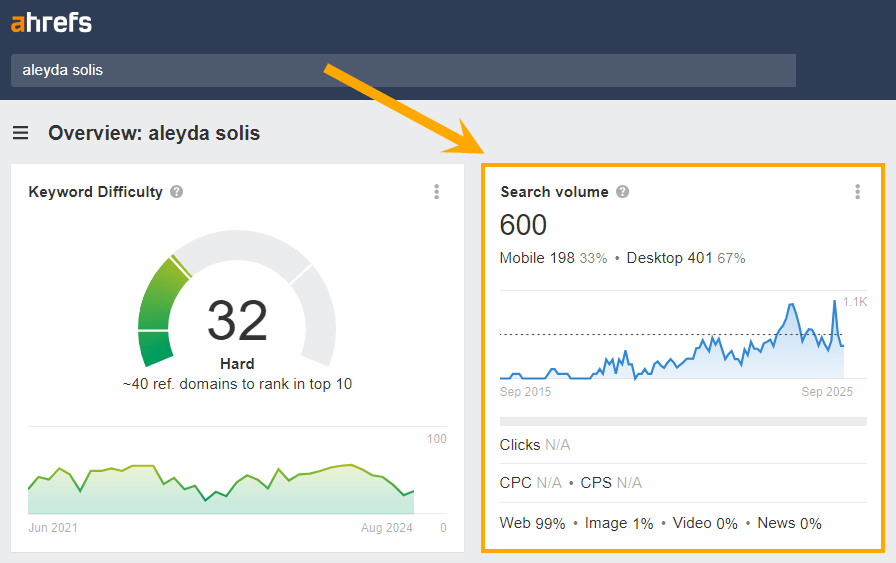
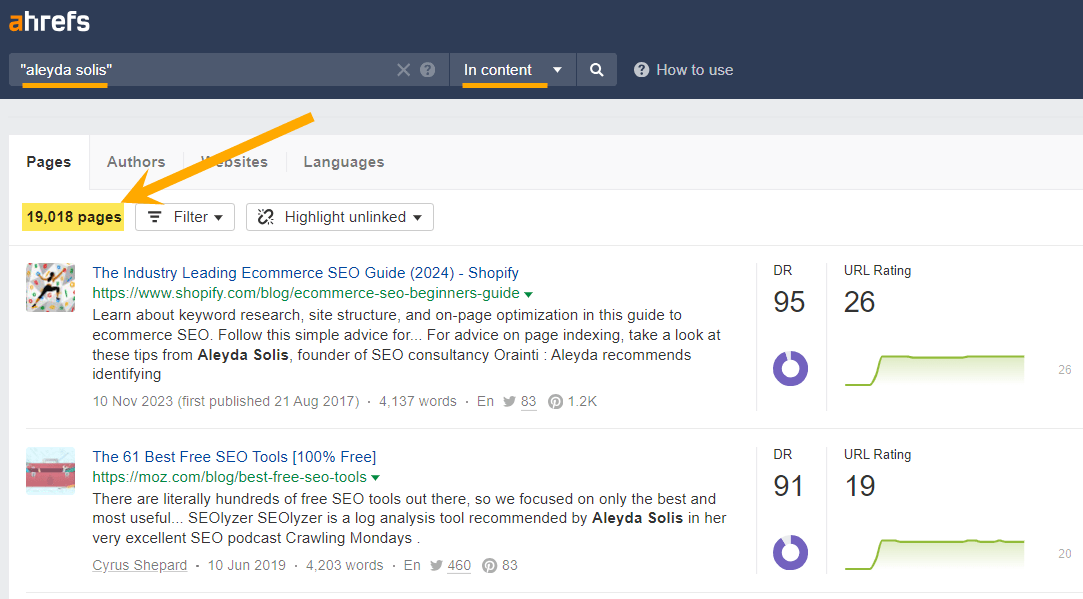

1. Pay attention to lesser-known voices

2. Build an X list of “ones to watch”

3. Mine niche and atypical sources of information

 Track updates in company documentation (e.g. brand Ts & Cs, Google Developer Docs, Anthropic Release Notes)Mine Freedom of Information Act (FOIA) request databasesMonitor government data via fact finding bodies (e.g. Indeed curates content from the Bureau of Labor Statistics to inform content in their Hiring Lab)Study public datasets released by research institutions (e.g. Harvard Dataverse)Mine “hidden” or ephemeral content (e.g. podcasts, webinars, industry talks, seminars etc.) to curate quotes and promote relatively unheard informationMonitor public announcements and press releases from organizations
Track updates in company documentation (e.g. brand Ts & Cs, Google Developer Docs, Anthropic Release Notes)Mine Freedom of Information Act (FOIA) request databasesMonitor government data via fact finding bodies (e.g. Indeed curates content from the Bureau of Labor Statistics to inform content in their Hiring Lab)Study public datasets released by research institutions (e.g. Harvard Dataverse)Mine “hidden” or ephemeral content (e.g. podcasts, webinars, industry talks, seminars etc.) to curate quotes and promote relatively unheard informationMonitor public announcements and press releases from organizations4. Track down new and trending content
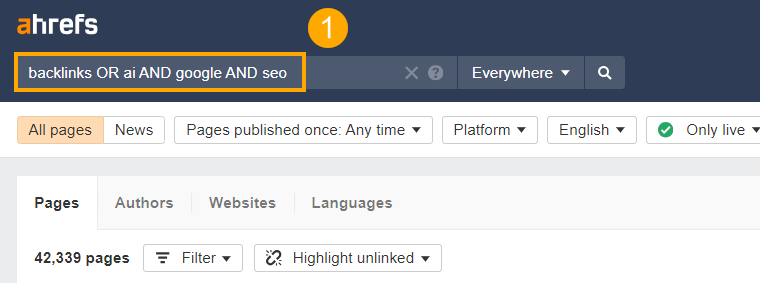
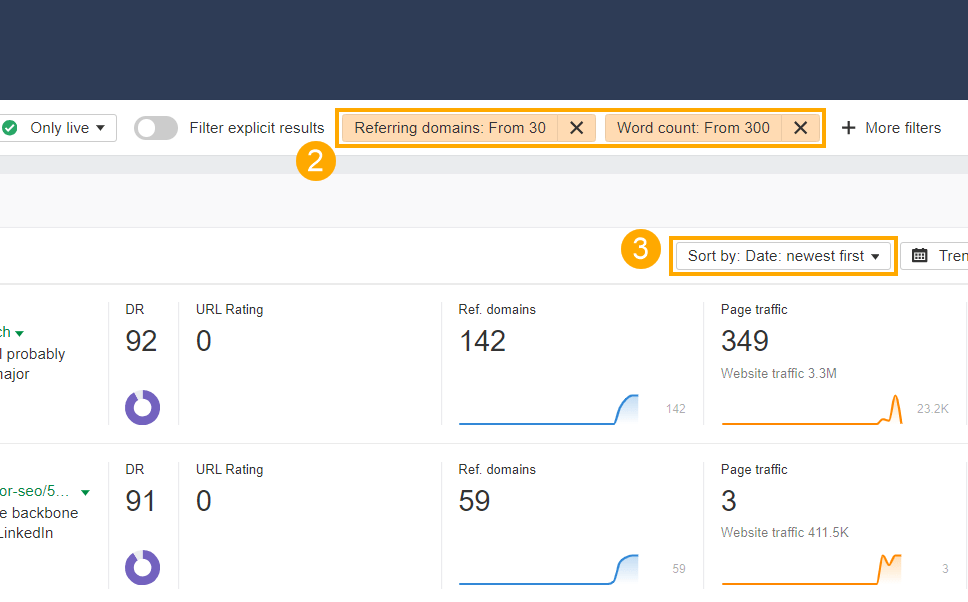





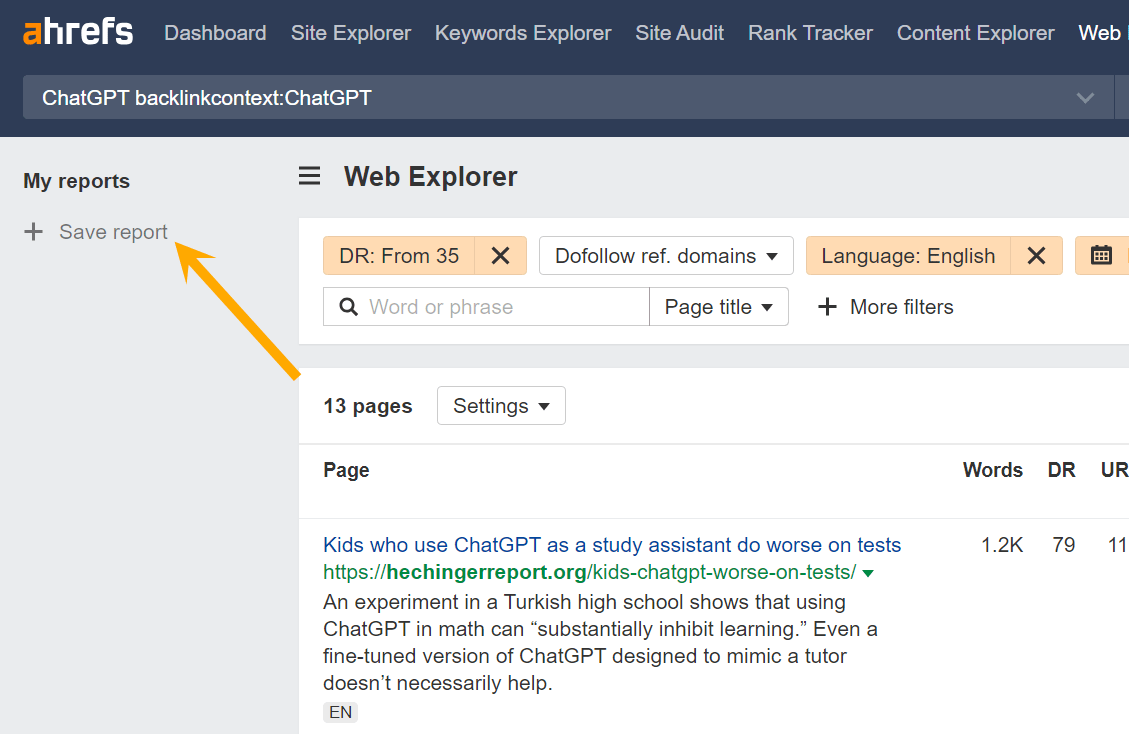

5. Ask your network


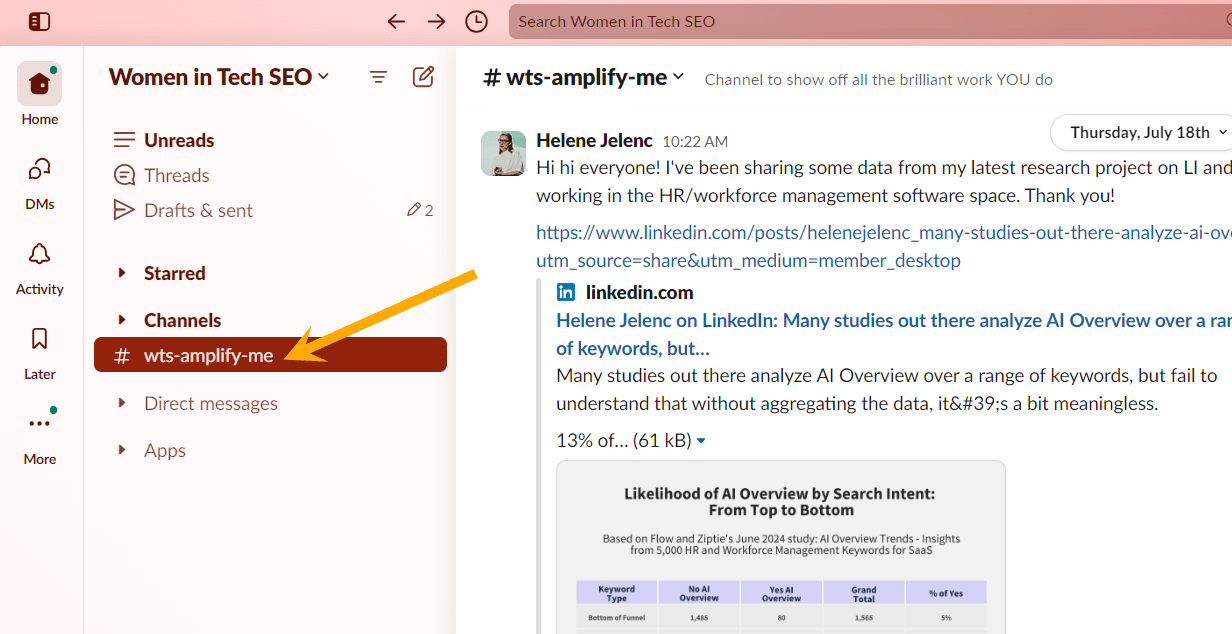

6. Bookmark everything
Use web highlighters

Organize examples in a note taking app
Bookmark your saved social media content

7. Set up author notifications

8. Set up keyword alerts
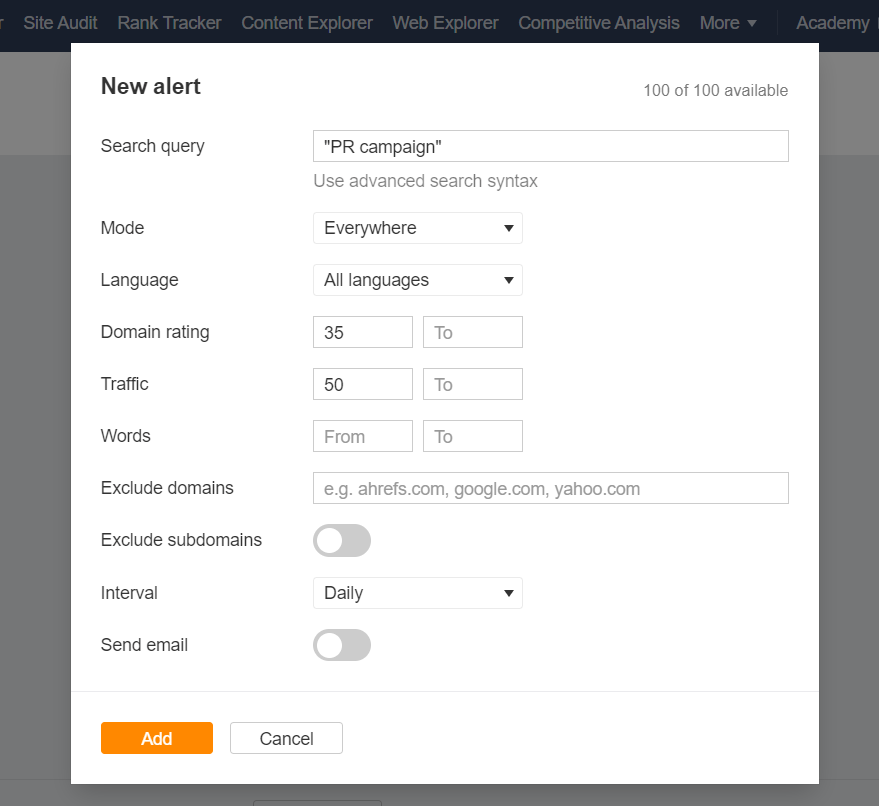
9. Use AI to extract and annotate content
Extract nuggets from “hidden” content
Reverse-engineer successful content formulas
Make sure you have a clear theme

Build your exclude list
Repurpose your knowledge

Final thoughts

 ShanonG
ShanonG 




























